Group B rally cars are legendary for their raw power and innovative engineering, pushing the boundaries of what was possible in motorsport during the 1980s. These machines were not only fast but also showcased the cutting-edge technology of their time. Here are ten iconic Group B rally cars that left an indelible mark on the world of rally racing.
Audi Quattro S1 E2
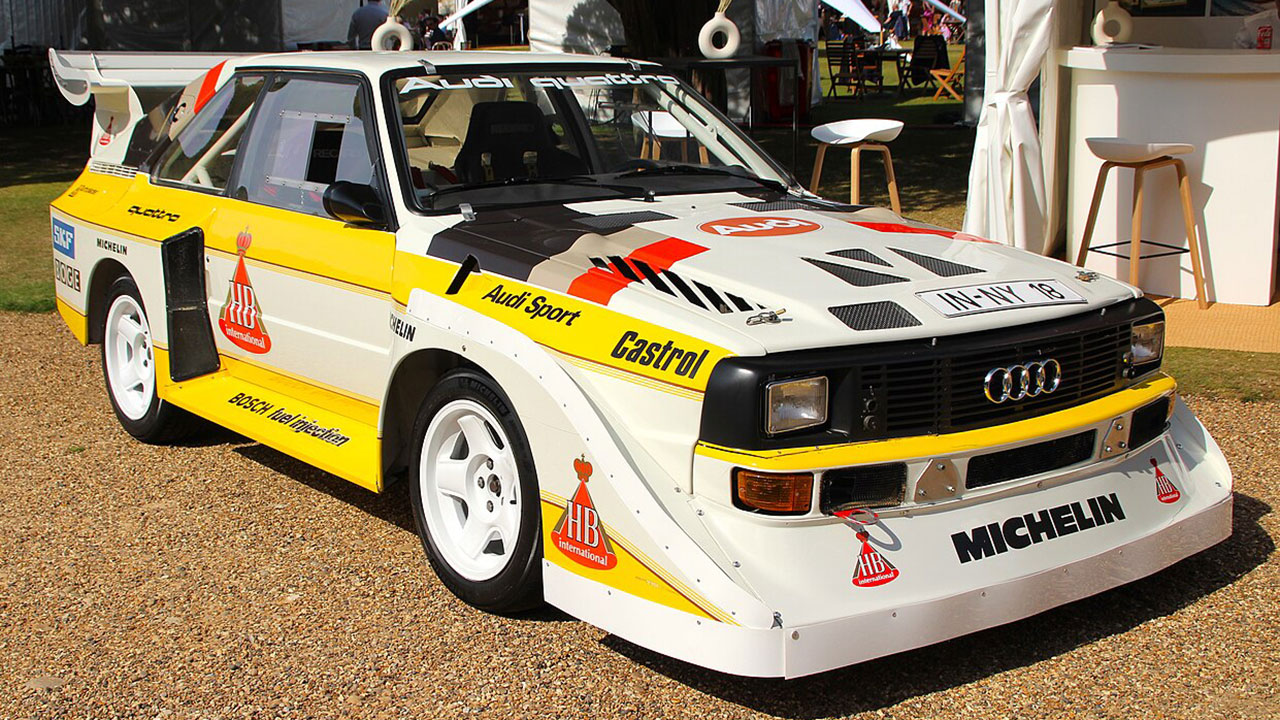
The Audi Quattro S1 E2 is perhaps the most iconic of all Group B rally cars. Introduced in 1985, it featured a powerful 2.1-liter inline-five engine with a turbocharger, producing around 591 horsepower. This car was a game-changer, thanks to its pioneering use of all-wheel drive, which provided unmatched traction and handling on the rally stages.
Driven by legends like Walter Röhrl and Hannu Mikkola, the Quattro S1 E2 dominated the rally scene, securing numerous victories. Its aggressive aerodynamics, including a massive rear wing and front splitter, made it instantly recognizable and a fan favorite.
Lancia Delta S4

The Lancia Delta S4 was a technological marvel, combining both a supercharger and a turbocharger to eliminate lag and deliver power seamlessly. Debuting in 1985, it boasted a 1.8-liter engine capable of producing over 500 horsepower. This innovative approach allowed the Delta S4 to accelerate from 0 to 60 mph in just 2.3 seconds on gravel.
With drivers like Henri Toivonen and Markku Alén behind the wheel, the Delta S4 achieved significant success, including a memorable win at the 1985 RAC Rally. Its performance and engineering excellence made it a standout in the Group B era.
Peugeot 205 T16
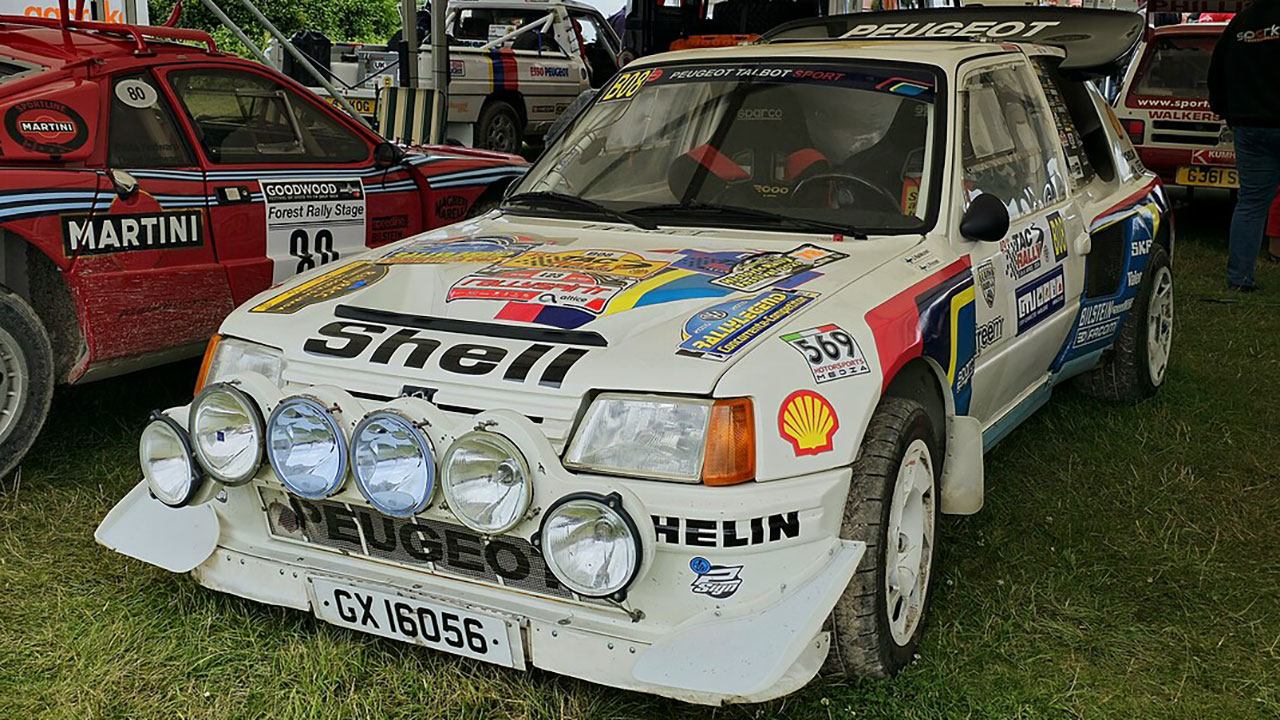
The Peugeot 205 T16 was a compact powerhouse that took the rally world by storm. Introduced in 1984, it featured a mid-engine layout with a turbocharged 1.8-liter engine, producing around 450 horsepower. Its lightweight design and advanced suspension system made it incredibly agile on the rally stages.
Peugeot’s commitment to innovation paid off, as the 205 T16 secured back-to-back World Rally Championship titles in 1985 and 1986. Driven by stars like Ari Vatanen and Timo Salonen, this car remains a symbol of Peugeot’s rallying prowess.
Ford RS200
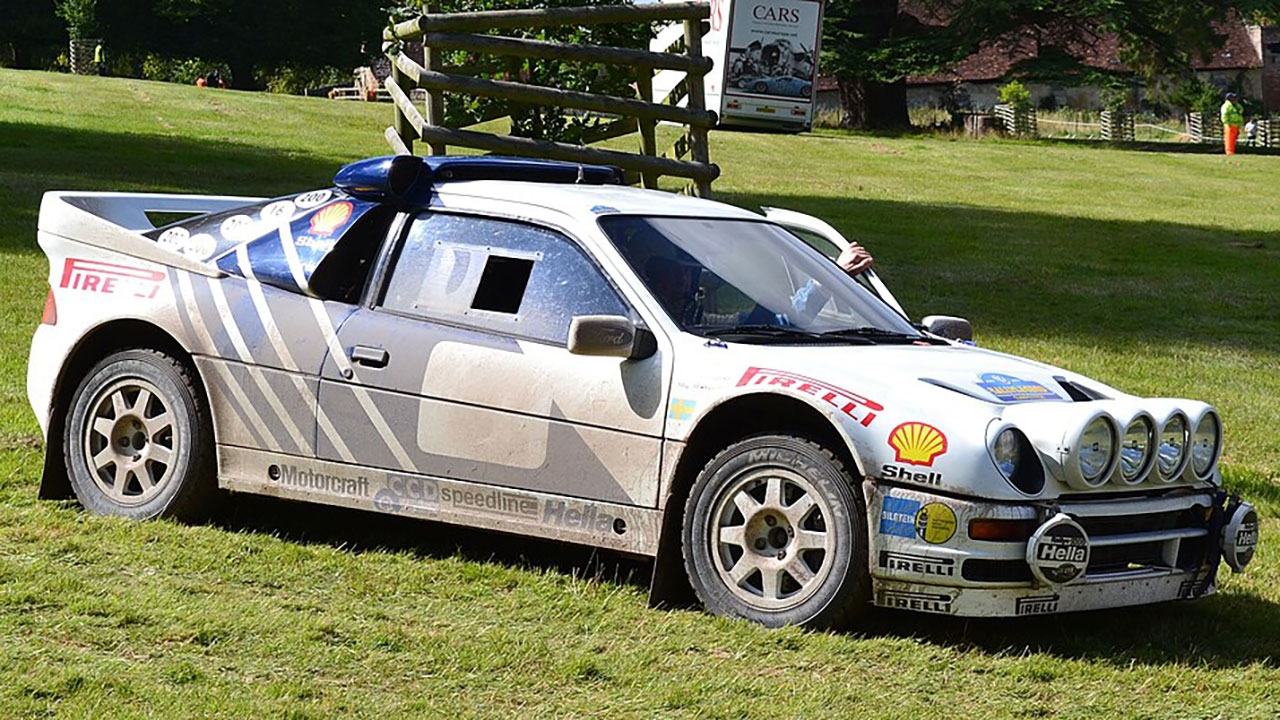
The Ford RS200 was designed specifically for Group B competition, featuring a unique mid-engine layout and all-wheel drive. Launched in 1984, it was powered by a turbocharged 1.8-liter engine, delivering up to 450 horsepower. Its fiberglass body and advanced aerodynamics contributed to its impressive performance.
Despite its potential, the RS200 faced challenges on the rally circuit, with limited success. However, its innovative design and engineering have made it a beloved classic among rally enthusiasts and collectors alike.
MG Metro 6R4
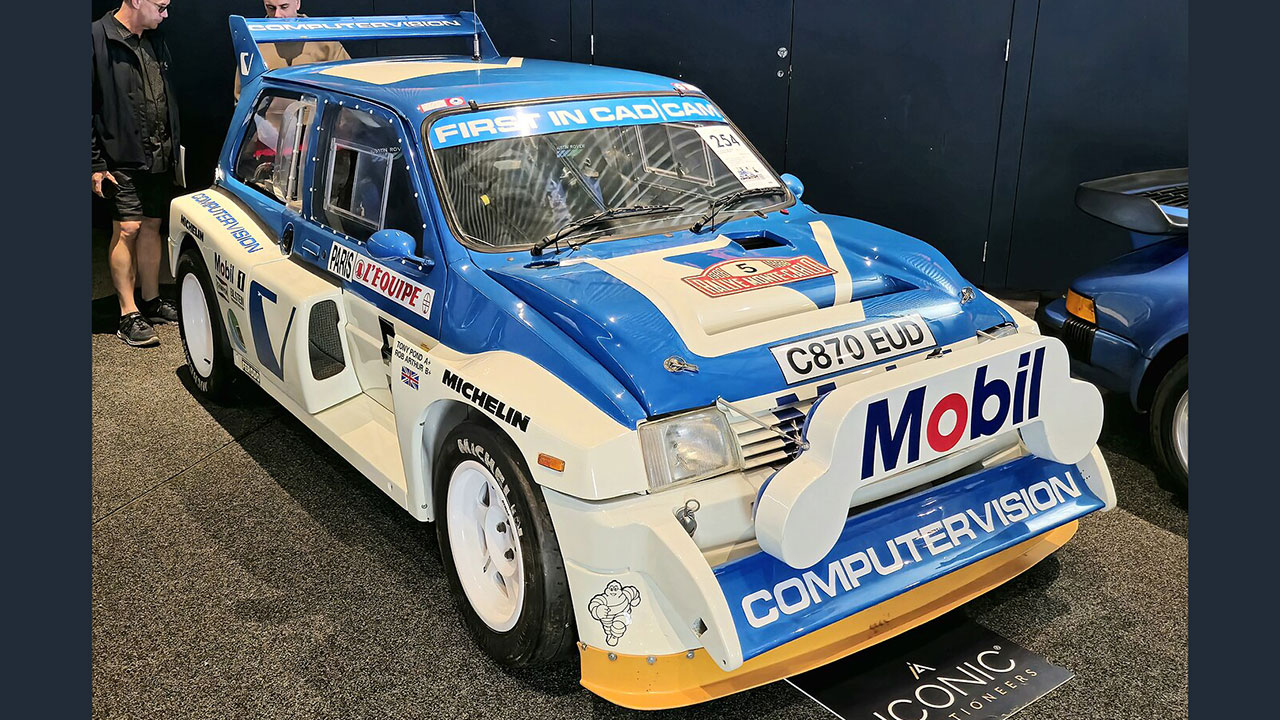
The MG Metro 6R4 was a bold entry into the Group B arena, featuring a naturally aspirated 3.0-liter V6 engine. Unlike its turbocharged competitors, the 6R4 relied on its high-revving engine and four-wheel drive to deliver competitive performance.
Debuting in 1985, the 6R4 achieved notable results, including a third-place finish at the 1985 Lombard RAC Rally. Its distinctive boxy design and unique engineering approach have earned it a special place in rally history.
Renault 5 Turbo

The Renault 5 Turbo was a radical departure from the standard Renault 5, featuring a mid-mounted turbocharged engine and rear-wheel drive. Launched in 1980, it was one of the earliest Group B cars, setting the stage for future innovations.
With its compact size and powerful engine, the Renault 5 Turbo excelled on tight and twisty rally stages. It achieved several victories, including a win at the 1981 Monte Carlo Rally, driven by Jean Ragnotti. Its success and unique design have made it a cult classic.
Lancia 037

The Lancia 037 was the last rear-wheel-drive car to win the World Rally Championship, achieving this feat in 1983. It featured a supercharged 2.0-liter engine, producing around 280 horsepower, and a lightweight fiberglass body.
Despite the dominance of all-wheel-drive competitors, the 037’s exceptional handling and balance allowed it to compete at the highest level. Driven by legends like Walter Röhrl, it remains a testament to Lancia’s engineering excellence and competitive spirit.
Citroën BX 4TC

The Citroën BX 4TC was a unique entry in the Group B category, featuring a front-engine layout and a turbocharged 2.1-liter engine. Despite its unconventional design, it produced around 380 horsepower and had a distinctive appearance.
Introduced in 1986, the BX 4TC faced numerous challenges on the rally circuit, with limited success. However, its rarity and distinctive design have made it a sought-after collector’s item among rally enthusiasts.
Nissan 240RS
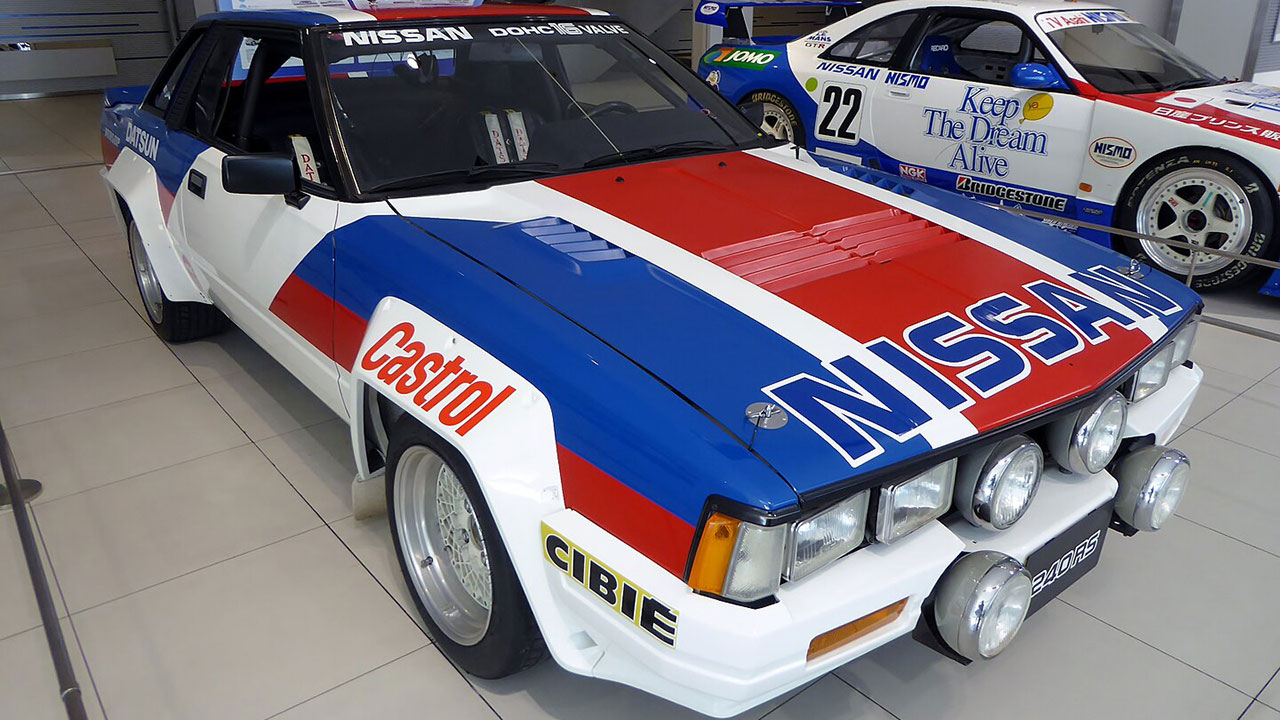
The Nissan 240RS was a robust and reliable contender in the Group B era, featuring a naturally aspirated 2.4-liter engine. While it lacked the turbocharged power of its rivals, it made up for it with durability and consistency.
Competing from 1983 to 1985, the 240RS achieved respectable results, particularly in long-distance rallies. Its straightforward engineering and solid performance have earned it a place in rally history as a dependable competitor.
Toyota Celica Twin-Cam Turbo
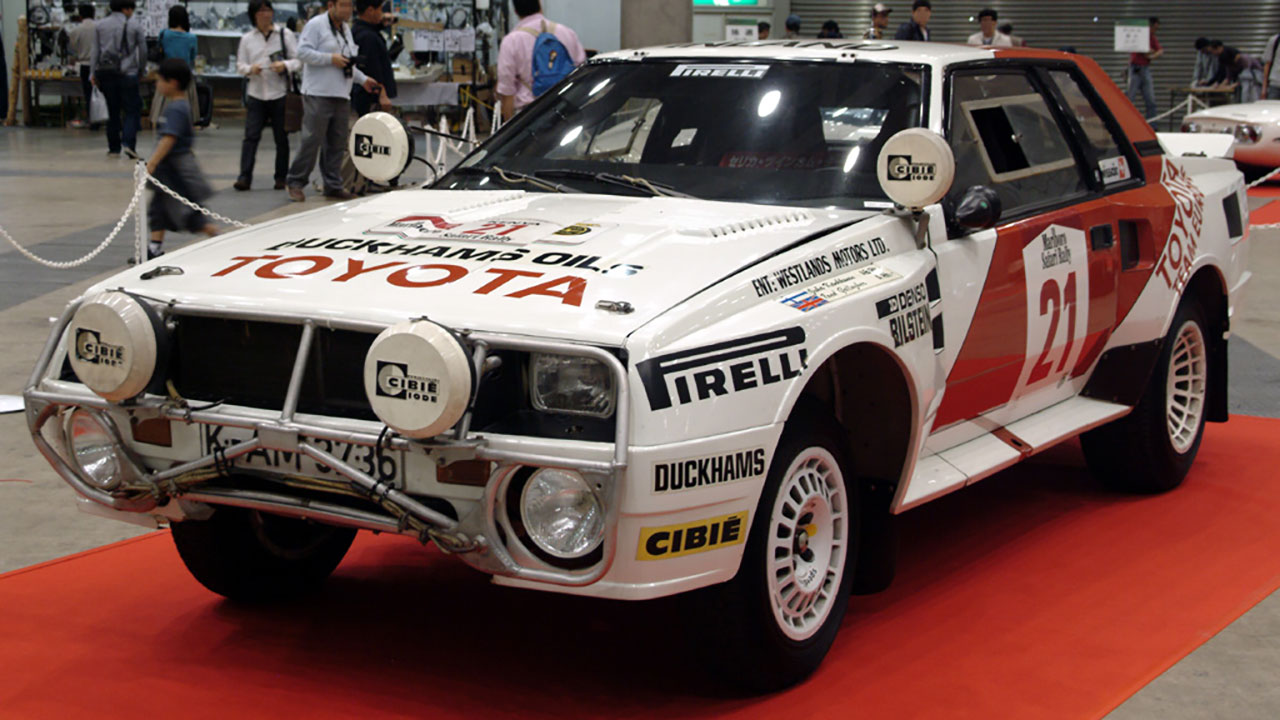
The Toyota Celica Twin-Cam Turbo was Toyota’s entry into the Group B fray, featuring a turbocharged 2.0-liter engine and rear-wheel drive. Debuting in 1983, it was known for its reliability and strong performance on varied terrain.
Driven by renowned drivers like Björn Waldegård, the Celica Twin-Cam Turbo achieved several notable finishes, including a win at the 1983 Rallye Côte d’Ivoire. Its success in endurance rallies highlighted Toyota’s engineering capabilities and commitment to rallying.
Like Fast Lane Only’s content? Be sure to follow us.
Here’s more from us:
*Created with AI assistance and editor review.






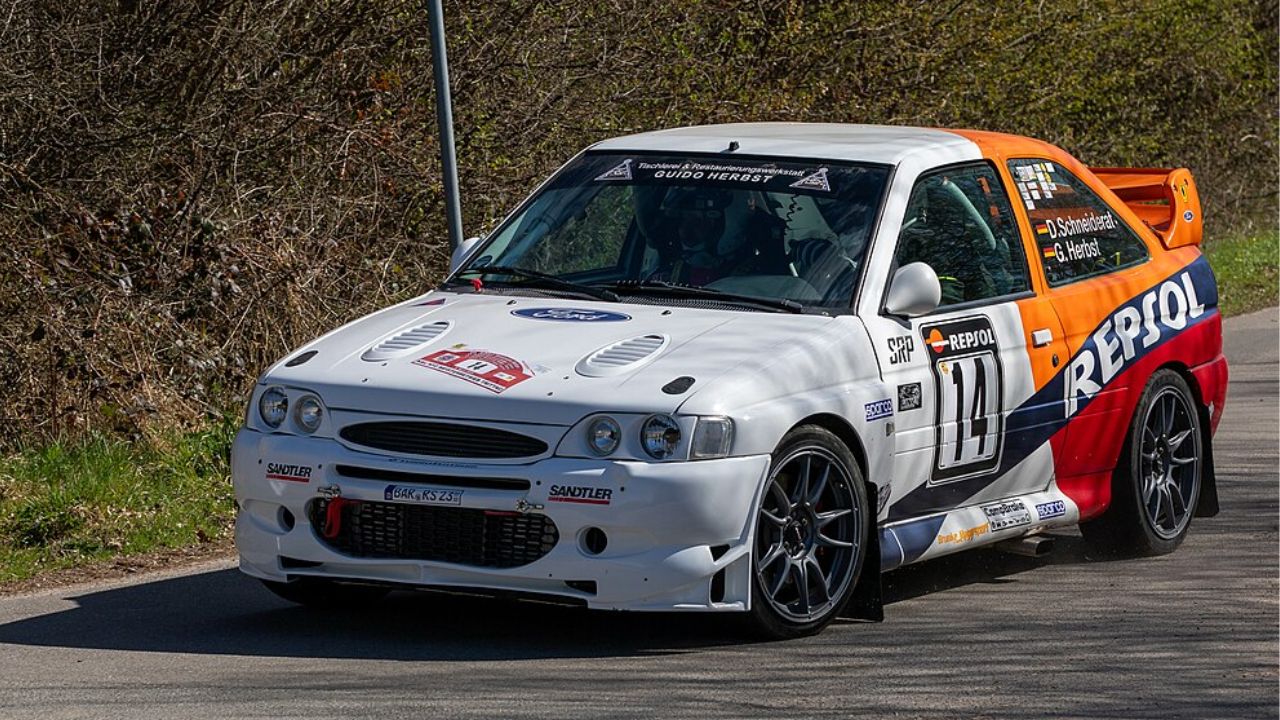
Leave a Reply